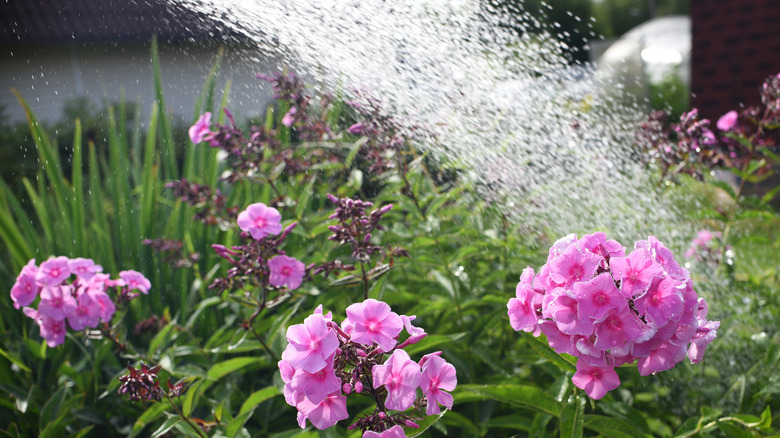When strolling through your garden, seeing the stunning phlox perennials with their soft hues and captivating petals is truly a sight. But to care for phlox flowers, practicing deadheading is vital. Not only does this enhance the aesthetic appeal of your landscaping, but it also promotes healthy growth, assuring the continued success of your garden.
By carefully removing the wilting blooms, you’re sending a message to your plant to focus its energy on producing new, beautiful blooms. This encourages more flowers to bud and strengthens the plant’s resilience, preserving its energy for future growth. To maintain the beauty of your phlox, it’s essential to know the correct time to remove the spent flowers, as well as which tools to use and where to make the cuts. By taking the time to deadhead your phlox perennials regularly, you’ll be rewarded with a flourishing and vibrant garden that you can be proud of.
Tools, technique, and timing
@dreamgardensgirls
You can keep your phlox blooming for a few extra weeks by removing the spent flowers. You can also delay the bloom time by pinching off the tops before the flowers form. #phlox #phloxflower #phloxflowers #garden #gardentok #gardening101 #learntogarden #fyp #gardening #perennials #gardeninghacks #summerflower #lavendercare #dreamgardensgirls
♬ Pieces (Solo Piano Version) – Danilo Stankovic
When deadheading your phlox, it’s important to have the right tools on hand. A pair of sharp pruning shears or garden scissors will do the trick, and be sure to keep them clean and sanitized to prevent the spread of disease. Look for wilted and faded blooms, and follow the stem down to the first set of healthy leaves or buds. Then, make a clean cut just above this point. Be careful not to cut too close to new growth, as this could inhibit future blooms. For clusters with multiple flowers on a single stem, opt to trim the entire group back to the main stem or a lateral branch.
Regularly check your phlox garden for fading blooms and deadhead as soon as you spot them throughout the season. Remember that not all phlox varieties are the same, so observe your plants closely and adjust your technique as needed. With the right tools and timing, deadheading can help your phlox put on a beautiful display all season long.
Best practices and aftercare

To ensure a prolonged blooming period and support new growth of your phlox, it’s recommended to regularly deadhead throughout the growing season as the blooms fade. However, it’s important to exercise caution and avoid overdoing it, as removing too many leaves or buds at once can cause undue stress on the plant. To achieve the best results, remove spent flowers when you see them, and stop pruning in the late fall.
After you’re done deadheading, your phlox will require some tender love and care so it can heal the cuts. Consistent and adequate watering is crucial, so it’s important to keep the soil evenly moist without overwatering. Applying a gentle dose of balanced fertilizer and a protective layer of mulch around the base can further help maintain their health. By providing your phlox with the proper care and attention, you can ensure that it continues to thrive and bloom beautifully throughout the entire growing season.